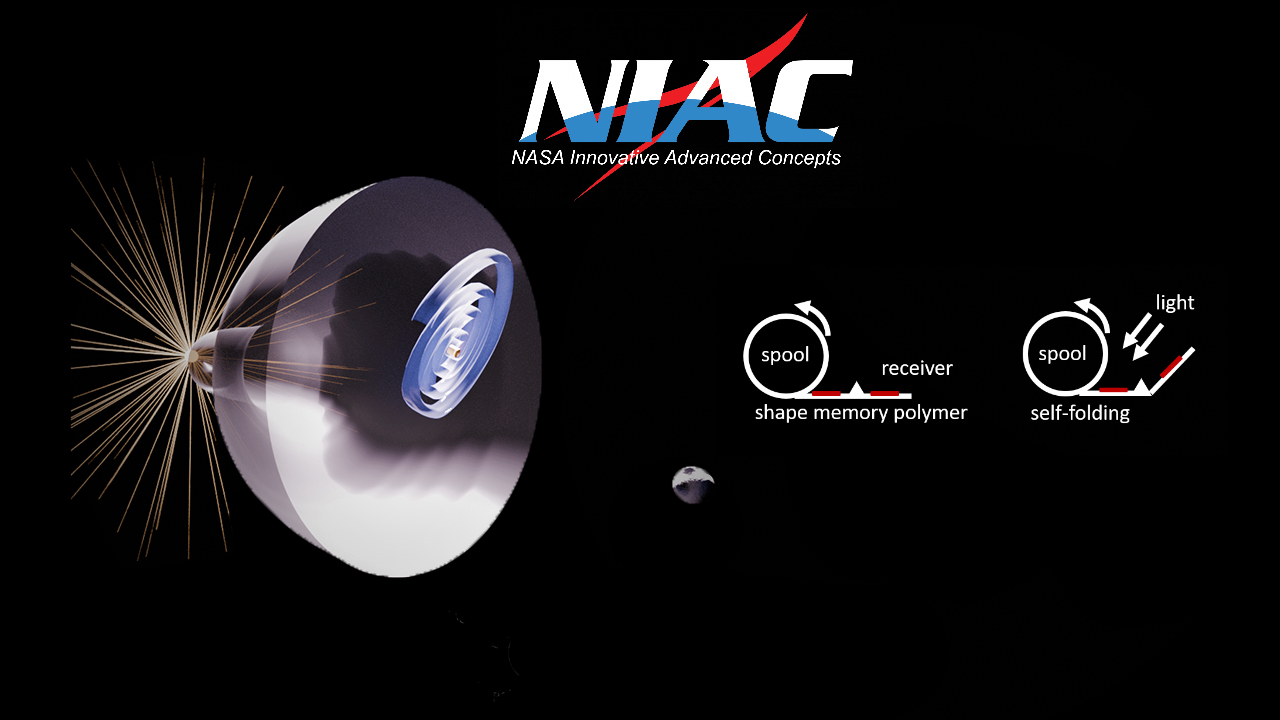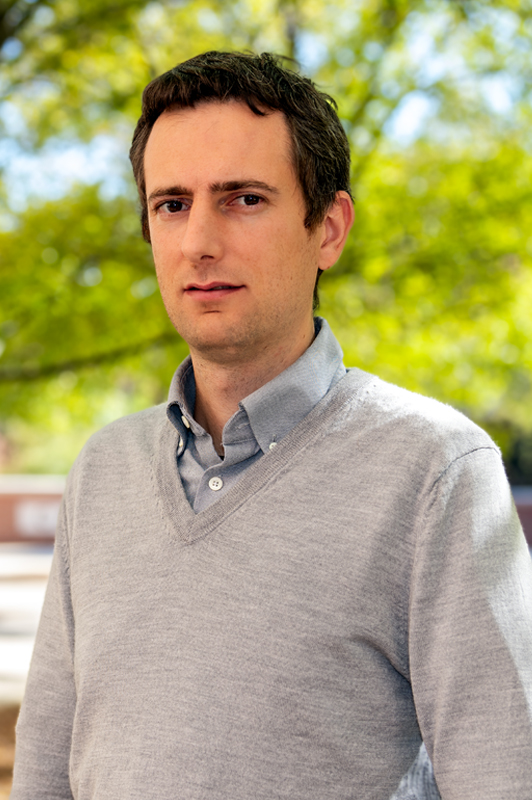Aerospace faculty earn NIAC award to study self-assembling space technology
Published: Apr 27, 2020 12:55 PM
By Cassie Montgomery
Auburn University aerospace engineering faculty members have received a $125,000 NASA Innovative Advanced Concepts (NIAC) award to explore the technology to enable kilometer-sized antenna arrays for radio astronomy that self-assemble in space. These enormous antenna arrays could, among many applications, uncover new information about the Cosmic Dark Ages, a period of time after the Big Bang before the universe’s first stars were born.
The project is led by assistant professors Davide Guzzetti and Russell Mailen and is titled “Flat Fabrication of Progressively Self-Assembling Space Systems.” Together they are studying the feasibility of technology that could allow for the compact packaging of kilometer-sized antennas for radio astronomy that autonomously transform into the operative configuration once in orbit.
Guzzetti, whose research focus is astrodynamics and space mission design, explained that there is currently no mechanism to fold and deploy monolithic antennas in space that are able to capture radio waves at very-low frequency. Additionally, these specific radio waves are not detectable from the ground because of Earth’s ionosphere and man-made interference.
“The motivating scientific goal is to collect these radio signals,” he said. “There is a certain range of wavelengths that requires this particular kind of antenna. This range is basically uncharted territory for radio astronomy and may contain information on what happened during The Cosmic Dark Ages.”
However, launching an antenna array of that size into space is not a simple task. That’s where Mailen’s expertise comes in. He brings a materials background to the project and specializes in self-folding polymer origami.
“Basically, you can take a polymer sheet that has been stretched in a way that when you heat it up, it shrinks to about half of its original size,” he said. “Instead of shrinking the entire sheet, we use the shrinking behavior in certain regions to cause the material to self-fold into an antenna. In space, the idea is that the exposure to solar thermal radiation or light would be able to heat the polymer enough to cause it to self-fold.”
The end goal is to package a kilometer-sized antenna comprised of a shape memory polymer bus with an array of sensors into a spool of few meters in diameter, much smaller than the final size of the antenna, and deploy the antenna once in space.
The NIAC program looks for innovative early-stage technology ideas from researchers of all types – garage inventors, academia, national laboratories and industries all across the country. Since the reinstitution of the NIAC program in 2011, this is the first time Auburn faculty have received this important NASA recognition.
“NIAC is an innovative program that encourages researchers – and the agency – to think outside of the box for solutions that could overcome challenges facing future science and exploration missions,” said Walt Engelund, deputy associate administrator for programs within NASA’s Space Technology Mission Directorate.
Media Contact: , cmontgomery@auburn.edu, 334.844.3668
A diagram depicts a kilometer-sized antenna array deployed in space.



